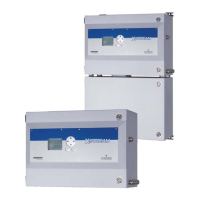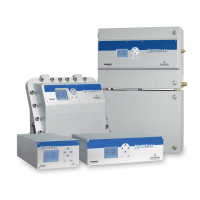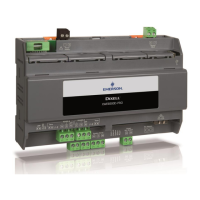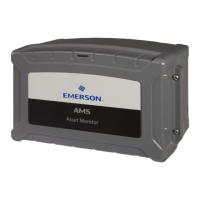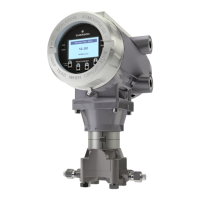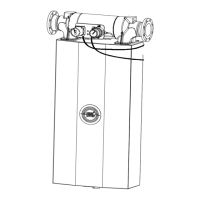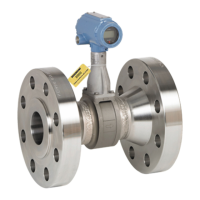Emerson Process Management GmbH & Co. OHG 3-13
X-STREAM XE
Instruction Manual
HASXEE-IM-HS
10/2012
3
Measuring Principles
3.3 Thermal Conductivity Measurement
Thermal conductivity is the property of a ma-
terial that indicates its ability to conduct heat.
Thermal conductivity measurement prima-
rily is used for measuring concentrations of
hydrogen (H
2
) and helium (He). These gases
are characterized by a specic thermal con-
ducitivity, differing clearly from that of other
gases ( Tab. 3-5).
3.3.1 Principle of Operation
Tab. 3-5: Examples of Specic Thermal Conducti-
vities
3.3 Thermal Conductivity Measurement
The bridge output signal (U
Br
) is adjusted to
zero when in rest position (no gas ow). By
default the reference gas path is closed (not
own through by gas). When sample gas is
supplied, the sensors in the sample gas path
are cooled due to the thermal conductivity ef-
fect: The gas absorbs heat and carries it away
from the sensors. This tunes the Wheatstone
bridge and generates a signal proportional to
the thermal conductivity.
Additional electronics linearizes and conditi-
ons this signal to provide usefull measuring
values.Depending on application, it is possible
to supply a reference gas to the bridge‘s re-
ference side. The output signal in this case is
proportional to the difference of the thermal
conductivities of sample and reference gas.
Gas
lin mW / cm K
50 °C
Air N
2
/O
2
276
Ammonia NH
3
270
Argon Ar 189
Butane C
4
H
10
102
Carbon Dioxide CO
2
184
Carbon Monoxide CO 267
Chlorine Cl
2
371
Helium He 1580
Hydrochloric Acid HCl 151
Hydrogen H
2
1910
Krypton Kr 185
Methane CH
4
96,8
Neon Ne 516
Nitrogen N
2
277
Oxygen O
2
283
Radon Rn 26
Sulfur Dioxide SO
2
113
Xenon Xe 60
Fig. 3-11: Wheatstone Bridge
U
Br
R
S
R
S
R
R
R
R
Sample
Reference
A Wheatstone bridge, made of 4 temperature
sensitive resistors (PT 100 sensors), is sur-
rounded by gas in a way, that each 2 sensors
are located in the sample gas stream (R
S
) and
in a reference gas stream (R
R
), Fig. 3-11.
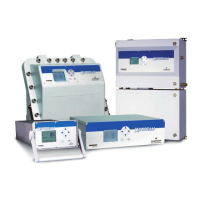
